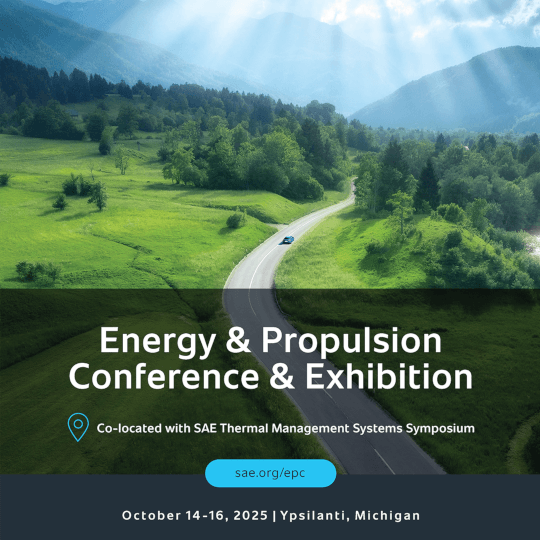
A New Analytical Method for calculating Transient Lube Oil Consumption with Validation against Measurements


A New Analytical Method for calculating Transient Lube Oil Consumption with Validation against Measurements
Oil consumption is a major concern for all engine manufacturers, both from an environmental and engine durability standpoint. Understanding how oil consumption is affected by key design parameters has traditionally been established during the validation phase of an engine development programme using both steady-state and transient LOC measurements. Cost and time pressures are driving this development to be performed virtually where many more parameters can be assessed and understood prior to design verification testing. This paper presents a new analytical method that is a capable of predicting transient phenomena of the ring pack that would not normally be captured by steady-state methods, providing a toolset that reduces engine development testing and cost and aid trouble-shooting. Implemented in Ricardo Software RINGPAK this new transient method has been validated against transient LOC measurements for a 2.0 litre 4-cylinder GTDI engine. Different transient load/speed schedules are presented, including fuel shut-off cases, together with a comparison against corresponding steady-state solutions. This new analytical method uses transient 1-D engine performance simulations and finite-element thermal and structural calculations of the in-cylinder to provide boundary conditions for each transient. The thermal boundary conditions are derived using an FE based tool that uses physical models and semi-empirical correlations suitable for accurate predictions at part- and full-load conditions experienced during a transient. Sensitivity analyses have also been performed to gain an understanding of what input parameters most influence dynamic behaviour of the ring pack during each transient.
SAE 2023-01-1668
To be presented at the SAE Energy & Propulsion Conference & Exhibition, November 7-9, 2023
Realis Simulation, formerly Ricardo Software.
Our insights


CFD and FE Toolset for Predicting Structural Temperatures in a Hydrogen Internal Combustion Engine
Technical Paper